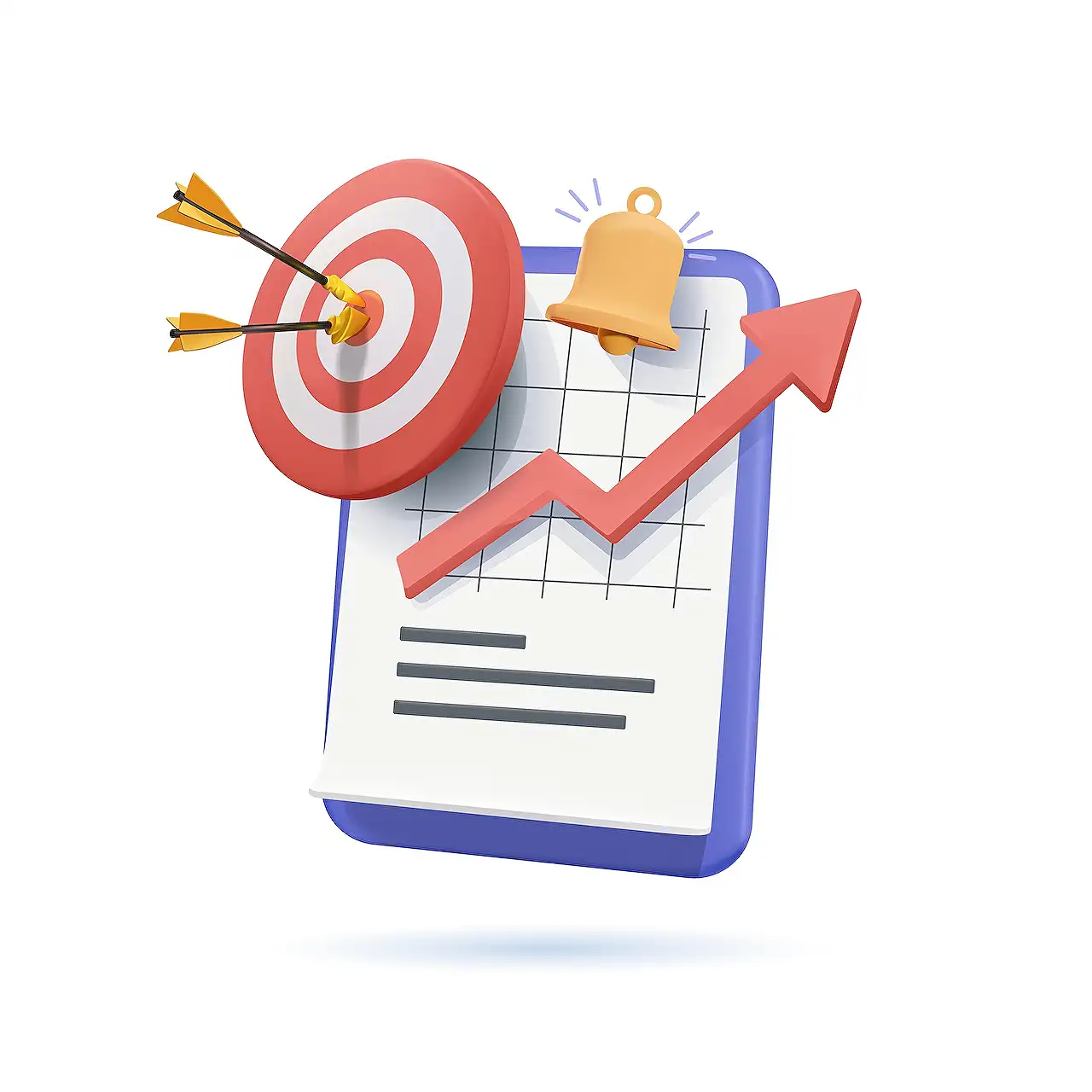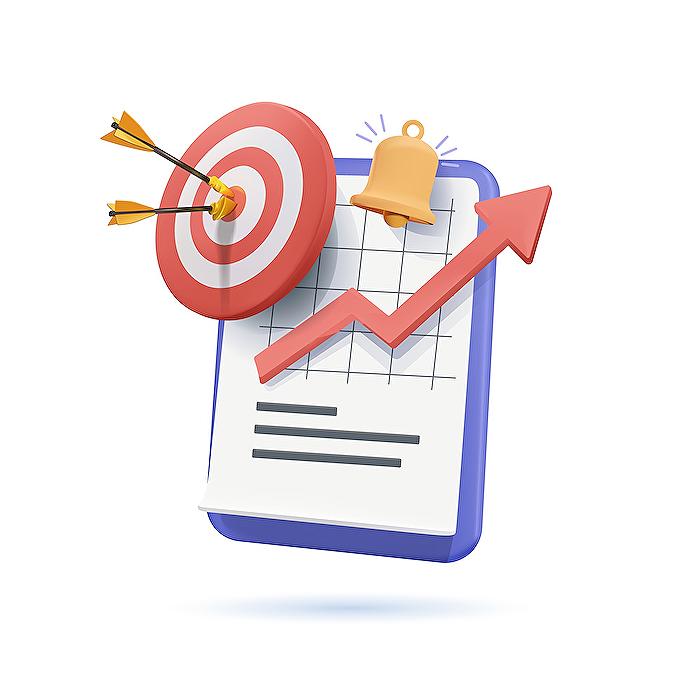
Model-Driven App: Notification for Task Completion
Learn how to streamline task completion notifications in your Microsoft Model-Driven App with Power Automate and the In-App Notification center.
About Completing Tasks Inside your Data-Powered Software
When working within a multi-user application, like Model-Driven App, it's common to need updates on task completions. This is particularly pertinent for teams administering critical tasks. Without disruptive mobile push notifications, users can make use of the application's In-App Notification center for updates. Ben den Blanken discusses this utilitarian feature in this blog post.
The In-App Notification center lets users manage and view their notifications. Ben illustrates how notifications can be created using JavaScript, C#, or Power Automate. All we need to do is create a record in the Notifications table where we can define elements like the notification title, the receiving owner, and the notification icon.
Of interest is the creation of a detailed card notification. Utilizing the body and data column of the notification table, users can craft a styled message and add navigation urls such as links to a form within the application.
Setting Up the In-App Notifications
Ben discusses how to create in-app notifications, referencing a prior content where he talked about notifying a user via an Adaptive Card in the Teams platform. He presents a case where a customer requests a new screen for his faulty phone. This is a task assigned to a user who doesn't operate the data-driven software frequently. The requirement is to receive notifications once the assigned task is completed.
On commencing the setup process, the app needs to be enabled for in-app notifications. This is done within the application designer under the 'Features' section. Ben touches on the usage of the feature-rich In-App Notification Builder in XrmToolBox for creating a notification with header "Task Completed" and a message body that indicates Task completion with a 'bold' Markdown notation.
The builder gives you the flexibility to select whether the notification should immediately appear if the user is within the application. You can choose the type of icon and even select a web resource for a custom icon. An example of a complete notification setup is demonstrated to grasp the full process.
Creating Action and Integrating with Power Automate
Having covered the basics, Ben focuses on adding two navigational actions linked to the relevant records: one for the Case and another for the Task. These are set up using the bottom actions in the tool. The tool lets you define action properties, and though all generate a URL, it's recommended to build the URL in Power Automate considering the hard-coded bits that may require alterations for distinct environments.
Once the notification is created, the next step is to generate the action code. Ben suggests using the code in Power Automate for its overview of what properties should be filled in the Notification table, with a minor adjustment to replace certain properties with variables from Power Automate. By highlighting this step, you gain insights into the versatility and capabilities of Power Automate handling different coding languages.
Power Automate also aids in the creation of URLs for the actions in our notification. For ease of navigation, the procedure employs another Compose action to help with organization. These Composed variables can be used to inject into the Data part of the Notification.
Finalizing the In-app Notifications
Upon the completion of the preparatory steps, it's time to create the actual Notifications record. The owner of the notification record is the only information you need to update accordingly, replacing the Guid placeholder with the owner of the case. Testing the Cloud Flow reveals a neat Notification with actions in the Model-Driven Power App.
Ben concludes his post expressing the productivity benefits derived from these features in Power Platforms such as the Model-Driven App. They, however, need to be employed consistently for optimal utility. Successful setup of notifications would reduce the need for users to check actual records.
Brief Overview
The blog post details how to set up and manage In-App notifications within the Power Platform, Model-Driven App. The insightful guide underscores the importance of notifications for the completion of critical tasks. The author demonstrates the features of the Model-Driven App, showing users how to create detailed card notifications and how to enable the app for notifications. Additional features covered include the In-App Notification Builder tool, the creation of action code, management of notification actions, and the creation of the actual Notifications record.
Read the full article Notify a Task is complete inside your Model-Driven App

Learn about Notify a Task is complete inside your Model-Driven App
Alert notifications are an integral aspect of any task-tracking tool. But what if these could be effectively communicated in your enterprise applications? The solution lies in Power Apps' technique--The Model-Driven App. This informative write-up educates about how to get notified when a task is completed within your Model-Driven software. Here, the attention is majorly drawn towards user-friendly mechanisms with minimal disruption, thus mitigating the need for bothersome mobile notifications.
The in-app notification center is a unique aid that Model-Driven provides. A versatile tool, it enables users to check and handle multiple alerts. These notifications can be easily crafted using JavaScript, C#, or Power Automate, thereby creating a record in the notification table. The robust framework allows the setting of the notification title, the receiver, and the accompanying IconType.
One standout feature of Model-Driven is its ability to create an enhanced card for your alert. This is done by blending the body and data column of the notification table. Markdown offers the advantage of stylizing the message, while json allows integration of actions in the notifications. You can conveniently add navigation URLs to, let's say, a form in the software. The In-App Notification Builder and XrmToolBox further simplify the process.
The blog extends upon previous instructions of notifying a user through 'Adaptive Card' to teams, a part of the case where a user seldom leveraging the Model-Driven framework could still work seamlessly. A crucial step mentioned here is enabling the application for In-App notifications through the App Designer of the Model-Driven solution.
Furthermore, this guide elucidates the use of the In-App Notification Builder to create alerts and establish quick links to relevant records. It describes how to define the text of the action and its opening mode, be it inline, as a dialog, or in a new window. The broad categorization of types like URL, Form, or Custom Page caters to varying needs. However, one must remember that all of these will generate a URL, which should ideally be built in Power Automate.
Moving forward, the narrative underlines the need to use the generated code from the In-App Notification Builder in Power Automate. It highlights the aspects that should be filled in the notification table. To effectively create the notifications record in Dataverse, the required information needs to be added within the Notification Builder and then appropriately placed according to the corresponding output of the "Compose" section. The ownership details of the notification record must also be rightly attributed.
In conclusion, this tutorial exemplifies how efficiently notifications with actions will appear within the Model-Driven Power App, subsequently enhancing productivity. However, consistent implementation is the key, as users' expectations would be heightened with an efficient notification system.
More links on about Notify a Task is complete inside your Model-Driven App
- Notify a Task is complete inside your Model-Driven App
- Dec 8, 2022 — Use the In-App Notification feature to alert users a Task is completed! Let me show you how you can build rich notifications for Model Apps.
- Send in-app notifications within model-driven apps
- Jun 23, 2023 — Your model-driven app automatically polls the system for new notifications and displays them to the user. The notification sender or your system ...
- Notify a Task is complete inside your Model-Driven App
- Dec 23, 2022 — When assigning critical Tasks to different users or teams, you probably want to know when they have finished them!
Keywords
Model-Driven App, Task Completion Notification, Task Management SEO, App Development SEO, SEO for Model-Driven, Model-Driven App Notification, Task Completion in App, Optimizing Model-Driven App, Task Completion Model-Driven App, Notification SEO Model-Driven App